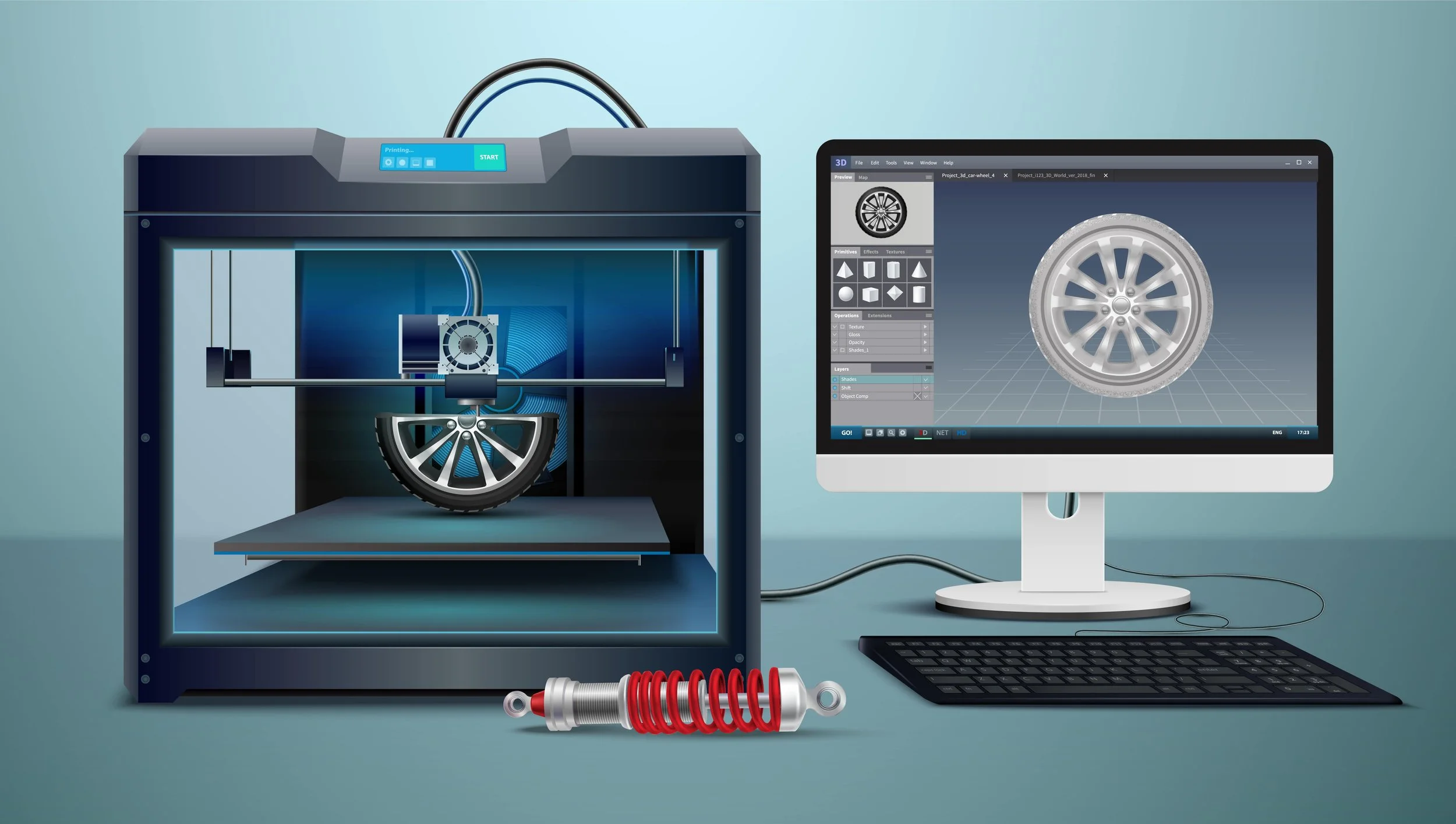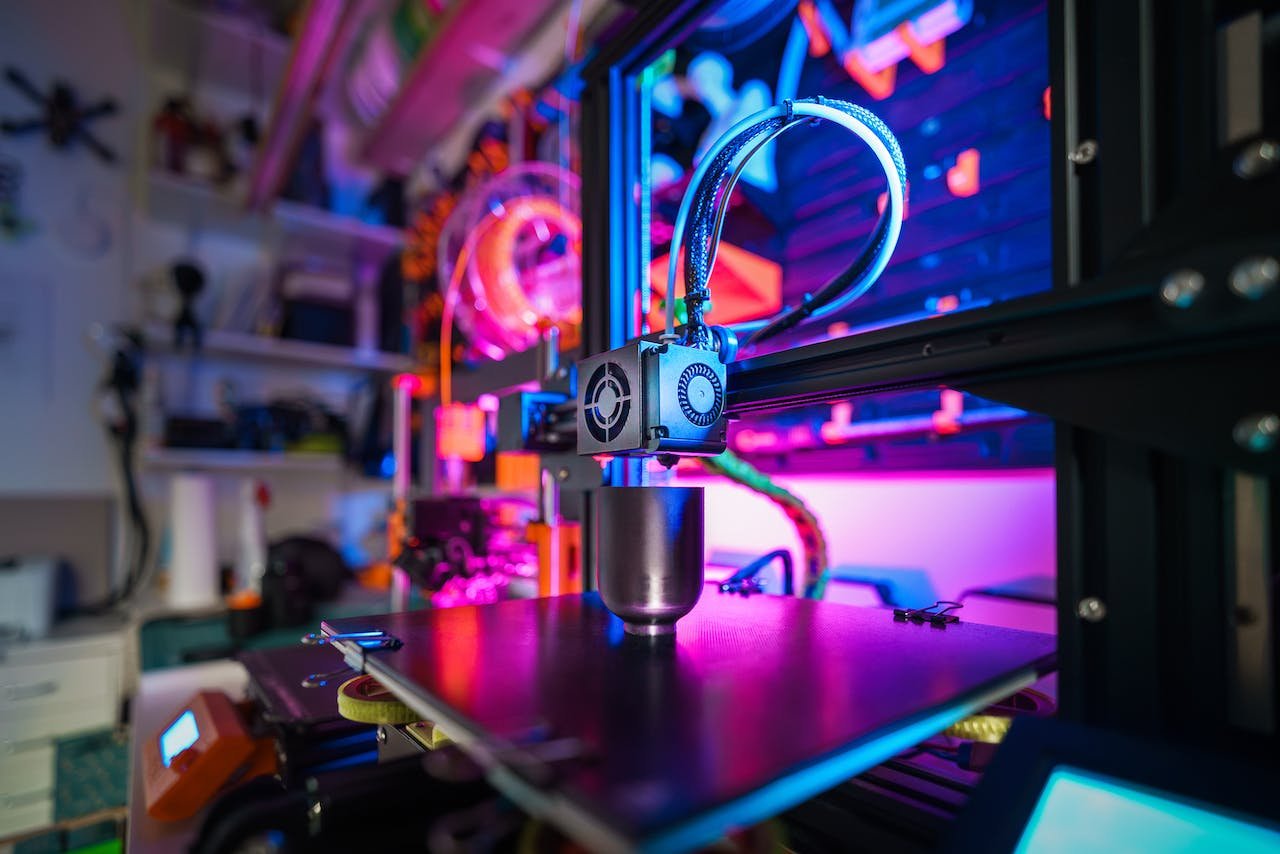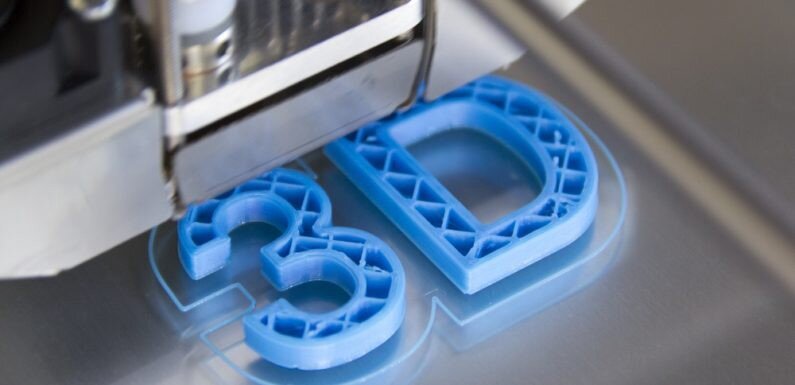With its unmatched flexibility and adaptability, 3D printing has become a game-changer in modern manufacturing and prototyping. The appeal of 3D printing services is its capacity to accurately convert digital plans into physical products, appealing to both large-scale industries and small-scale amateurs. But among all of the excitement about this technology, one crucial issue that frequently comes up is: How much does 3D printing cost? This detailed blog will look into the complexities of 3D printing costs. We will also examine various pricing factors, compare them with traditional manufacturing methods, and envision future trends that may shape its economic landscape.
What is 3D Printing?
Let's first examine the principles of 3D printing before getting into the price specifics. 3D printing, also referred to as additive manufacturing, is a technique that builds three-dimensional objects from digital models by depositing layers of material one after the other. With this technology, complicated geometries that would be difficult or impossible to fabricate using conventional manufacturing techniques can now be created. For various uses, including rapid prototyping, bespoke part manufacturing, and artistic pursuits, 3D printing provides an adaptable answer.
What are the Factors Affecting 3D Printing Costs?
Several factors influence the cost of 3D printing, each significantly determining the final price tag. Here are some crucial things to remember:
1. 3D Printer Cost
The initial cost of purchasing 3D printing equipment can significantly influence the total cost of printing. Knowing the pricing model for 3D printing services is essential. For instance, we include a fee per gram of material used along with a base fee for each print job. Our service charges $0.30 per gram of material used plus a $3 base fee for each print job. Typically, material expenses amount to around $20 to $30 per kilogram for individuals who own their printers.
2. Materials
Another critical factor that affects cost is the selection of printing materials. Different materials have varying price points and performance qualities, including plastics, metals, ceramics, and composites. Although they may be more expensive, specialty or high-performance materials provide improved attributes like strength, durability, or heat resistance.
3. Number of Perimeter Walls
Perimeter walls, also known as shells or outlines, are the outer layers of the printed object. They provide the shape and surface finish of the object. The number of perimeter walls determines the thickness of these outer layers. Increasing the number of perimeter walls enhances the print's surface quality, strength, and stability. However, it also increases the price, print time, and material usage.
4. Infill Percentage
When you design a 3D model for printing, it's not always necessary to print the entire volume of the object solid. Infill percentage determines how much of the internal space is filled with material. A higher infill percentage means more material inside the object, leading to increased strength, higher material usage, and longer print times. Conversely, lower infill percentages result in lighter, faster prints but with reduced structural integrity.
Comparing 3D Printing Costs with Traditional Manufacturing
While there are many benefits to 3D printing regarding speed, flexibility, and customization, a complete picture of its economic impact requires comparing its cost-effectiveness with more conventional manufacturing techniques. Here's a comparative analysis:
Cost Advantages of 3D Printing
Lower Tooling Costs: 3D printing eliminates the requirement for expensive molds, dies, or tooling setups necessary for traditional manufacturing procedures. This financial gain benefits custom projects or small-scale production runs when standard tooling costs would be prohibitive.
Unmatched Design Freedom and Customization: 3D printing frees designers from the limitations of conventional manufacturing techniques to create complex shapes, elaborate patterns, and unique geometries. Because of this flexibility, designers can quickly iterate, tweak designs for performance, and customize products to meet specific needs without paying more for setup or additional gear.
On-Demand Production: Large minimum order quantities (MOQs) are sometimes required in traditional manufacturing to cover setup costs. This results in excess inventory and storage costs. On the other hand, firms can produce what is needed when it is required, thanks to 3D printing, which reduces waste, inventory costs, and obsolescence risk.
Tips for Cost-effective 3D Printing
1. Material Optimization
Cost-effective 3D printing depends on choosing the appropriate material for the intended use. Conducting material assessments and performance evaluations can help identify the most suitable option based on factors such as mechanical properties, surface finish requirements, and budget constraints.
2. Print Parameter Adjustments
Fine-tuning print settings, including layer height, infill density, and print speed, can impact printing time and material usage. Significant savings can be achieved by experimenting with various configurations and fine-tuning them for every project without sacrificing structural integrity or quality.
3. Maintenance and Upgrades
Frequent upkeep and timely upgrades can reduce print failures, save downtime costs, and increase the equipment's lifespan in 3D printers. Upgrading firmware, purchasing high-quality components, and keeping up with technology developments can reduce long-term expenses and increase productivity and dependability.
4. Utilizing 3D Printing Services
Hiring a professional 3D printing shop to handle printing tasks can be affordable for people or companies with infrequent printing needs or little funding. These service providers remove the need for upfront hardware and infrastructure investments by providing knowledge, tools, and materials on a pay-per-use basis.
Future Trends and Innovations Affecting 3D Printing Costs
Many new developments and trends in 3D printing are about to change the economics of this industry as it develops and becomes more sophisticated. Here's a look at what the future holds for 3D printing prices, from disruptive technologies and changing market trends to advancements in materials and printing speed:
1. Advances in Materials
Creating new materials with more excellent qualities—like increased strength, better heat resistance, or biocompatibility—can broaden the range of applications for 3D printing while lowering prices via economies of scale.
2. Improvements in Printing Speed
High-speed printing technologies, continuous liquid interface production (CLIP), and multi-material printing systems are examples of advances that promise to shorten lead times and speed up production cycles while maintaining quality requirements.
3. Emerging Technologies
Emerging technologies beyond conventional layer-by-layer printing, like voxel-based printing, 3D bioprinting, and nanoscale additive manufacturing, are expanding the possibilities for affordable production in various industries by pushing the limits of what is achievable with 3D printing.
4. Market Trends Impacting Costs
Market dynamics can affect how cost-competitive 3D printing is in comparison to conventional manufacturing techniques. These dynamics include modifications to supply chain management, geopolitical considerations, and adjustments in customer preferences. It is imperative to stay up to date with current trends and modify plans as necessary to maintain competitiveness in a dynamic environment.
Explore Cutting-Edge 3D Printing Solutions At KC Proto!
Check out KC Proto if you want innovative 3D printing services and solutions! Our cutting-edge facilities, skilled workforce, and dedication to innovation set us apart as the go-to choice for all your production and prototyping requirements. We provide a full range of services, from material selection and post-processing to quick prototyping and bespoke part production, customized to your needs, regardless of your experience level in the sector. We can fully utilize 3D printing to realize your ideas and produce accurate, effective results.
FAQ’S
-
3D printing services involve submitting a digital design prepared for printing using specialized software. The design is then sent to a 3D printer for fabrication and post-processing for quality finishing.
-
Common 3D printing technologies include FDM, SLA, SLS, DMLS, and DLP, each suited to different materials and applications, offering varied resolutions and production volumes.
-
3D printers commonly support standard formats like STL, OBJ, and STEP, though some may also accept proprietary or software-specific files.
-
Printing time varies based on size, complexity, and chosen settings. Small objects may take a few hours, while larger or intricate designs require days or weeks.
-
The size of printable objects depends on the printer's capabilities. Industrial printers can handle large items, while desktop printers have more restricted build volumes.






















